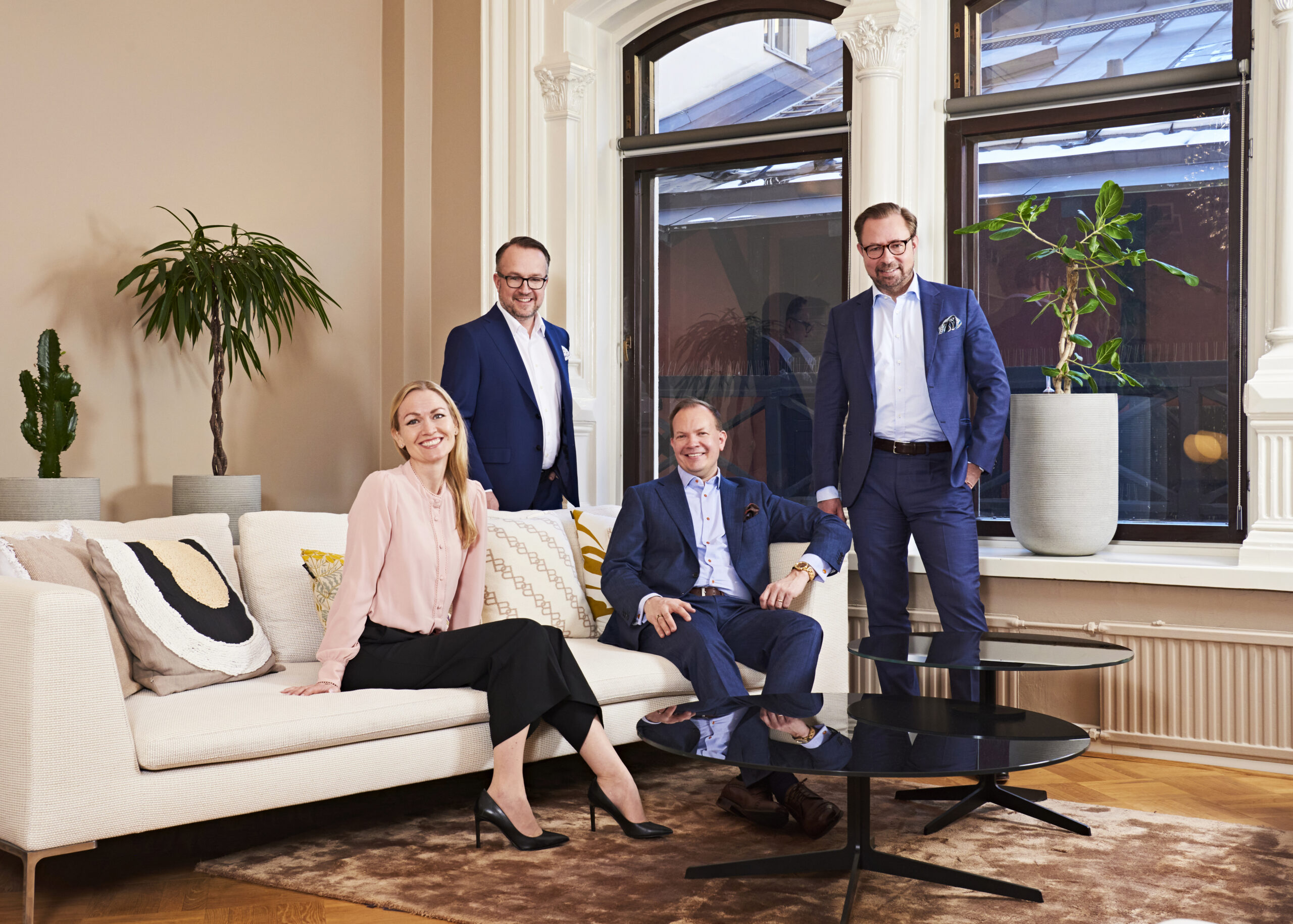Recognized for Expertise
“
– The Legal 500 EMEA 2025, Commercial, corporate and M&A
“
– Chambers FinTech Legal, FinTech Guide 2025
“
– Chambers Europe 2025, Competition/European Law
“
– Chambers Europe 2025, Tax
“
– Chambers Global 2025, Banking & Finance
“
Chambers Global 2025, Dispute Resolution


Our Powerhouse model
We deliver comprehensive legal expertise across all practice areas and industry sectors. Our Powerhouse service model delivers precisely the right expertise when needed, with integrated teams focused on achieving our clients‘ business objectives.
This approach unites specialists from across our firm, creating seamlessly integrated teams that collaborate with our clients from day one. We call them ‘Powerhouse teams‘, operating across four core areas: Transactions, Disputes, Innovations, and Strategic Advisory.
By prioritising our clients‘ business needs, we develop the most effective legal solutions and winning strategies while ensuring comprehensive legal insight. The result is forward-thinking legal guidance that drives our clients‘ success and sustainable growth.






